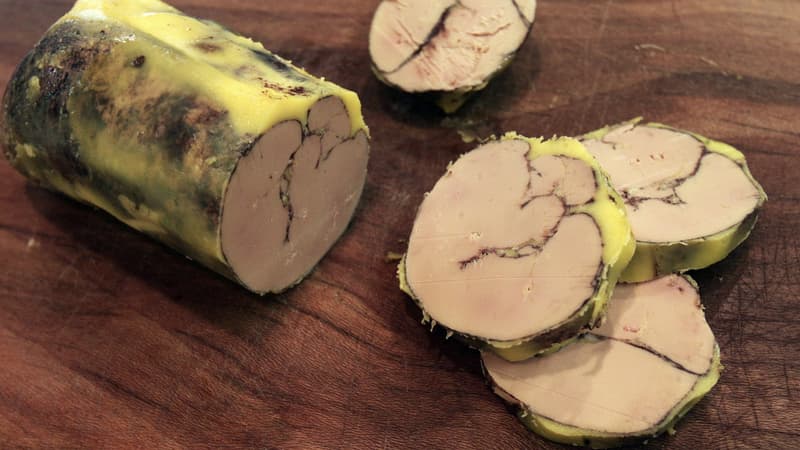At Christmas, foie gras may be missing from some tables. Avian flu hit geese and duck farms hard last winter and spring, forcing millions of birds to be culled to stop the spread of the epidemic. The situation has stabilized, although we are closely monitoring a possible resurgence in the fall, but the sector remains inactive.
The restart of production was hampered by the passage of the disease in Pays-de-la-Loire, a region where two thirds of the birds destined for breeding are born.
“We can’t get the necessary volumes,” confirms Patricia Houdebert, Feyel’s director of communication. The Alsatian company works with several liver suppliers to manufacture its products (in France for the duck and in Hungary for the goose), which allows it to recover if a source dries up, but “all of Europe has been affected this year”. she said. Feyel, which is expected to cut certain production lines to focus on the most popular products, expects a 20-25% drop in its volumes by the end of the year.
rarer and more expensive
If semi-cooked foie gras and canned foie gras, prepared well in advance, should not be missing from supermarkets and food stores, it is above all the volumes of fresh production that raise questions. These are made shortly before the holidays. “The truth is that it is better to anticipate purchases,” advises Marie-Pierre Pé. “Between December 15 and 25 it will be difficult to have foie gras,” he says. A crucial period for the sector, which achieves most of its sales in the last weeks of the year.
Foie gras will be rarer and also a bit more expensive. Even if you do manage to find the item you want, the amount will probably be higher on your receipt at Christmas or New Year’s shopping time. Due to the scarcity of supply compared to demand, but also due to the extremely high production costs of the entire sector. As elsewhere, breeders and processors are no exception; in addition to energy, it is in particular the sharp increase in the price of animal feed that weighs on the bill.
Source: BFM TV


